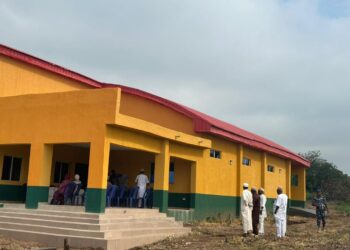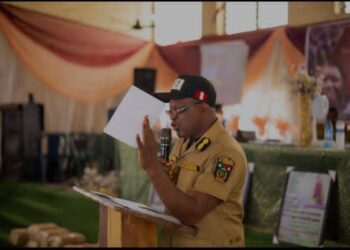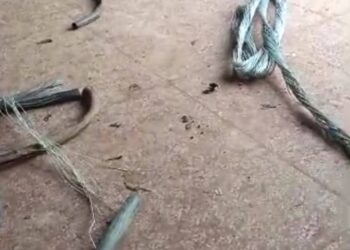His Imperial Majesty, Oba Afolabi Ghandi Olaoye (Orumogege III), the Soun of Ogbomoso, has officially inaugurated the Culture and Tourism Committee for the forthcoming 2025 Cradle Carnival—an initiative anchored in the monarch’s 25-year strategic development plan aimed at transforming Ogbomoso through culture, tourism, and targeted investment.
Hon. Ségun Odebunmi (Bunvic), former three-term Member of the House of Representatives and current Chairman of the Board, Ogun-Osun River Basin Development Authority (OORBDA), has been named Chairman of the Committee. Known for his extensive experience in governance, grassroots mobilization, and public service, Hon. Odebunmi is expected to provide visionary leadership to actualize the goals of the Cradle Carnival.

Serving as Vice Chairman is Akanni Oladimeji, alongside a dynamic team comprising Adegbile Adeomi, Benedict Ayoola, Motunrayo Babatunde, Lameed Lateefat, Afolabi Olaniran, and other distinguished members drawn from diverse sectors.
Launched in December 2024, the Cradle Carnival is envisioned as a cultural renaissance—celebrating Ogbomoso’s heritage while positioning the city as a growing hub for cultural tourism, creative enterprise, and youth empowerment.
In his acceptance remarks, Hon. Odebunmi expressed gratitude to the Soun for the trust bestowed on him, stating:
“This is more than a celebration; it is a purposeful journey to reclaim our cultural identity and build a prosperous future for Ogbomoso. It is a collective assignment, and I urge everyone to play a part in making this historic and impactful.”
You can get every of our news as soon as they drop on WhatsApp ...To get all news updates, Join our WhatsApp Group (Click Here)












